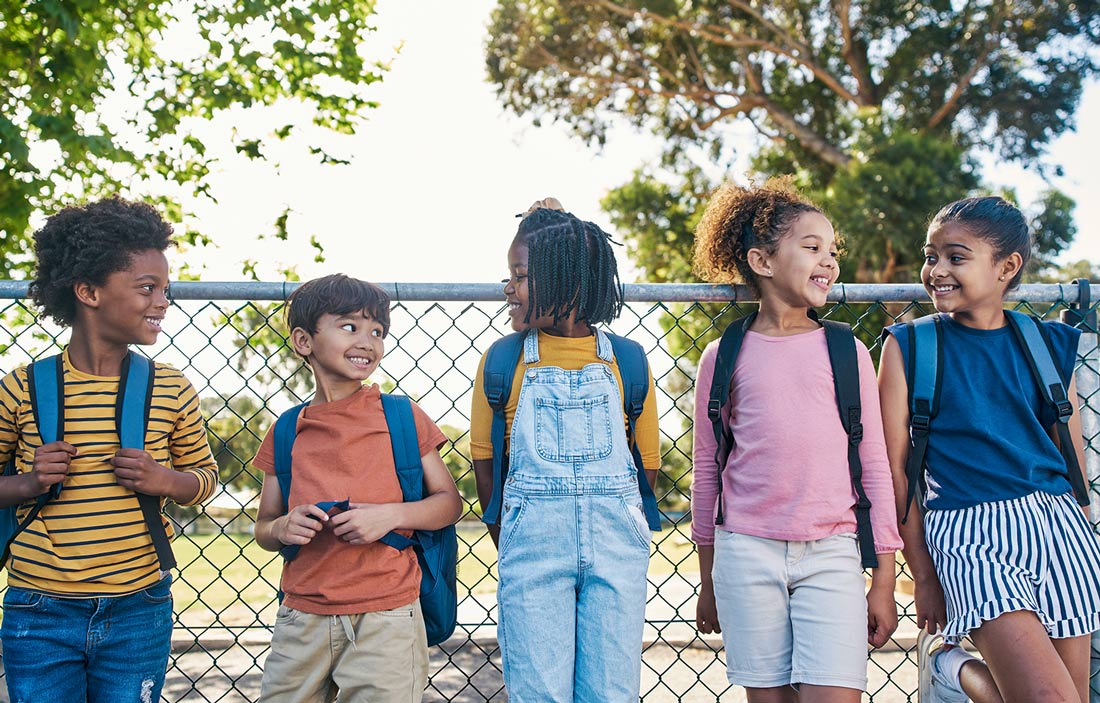Governance

The September 2022 heatwave in California was the worst on record, with temperatures hitting up to 116 degrees in Sacramento, and multiple other cities experiencing temperatures of 110 degrees and above. This excessive heat has schools on high alert, with many installing and upgrading HVAC systems in areas like Oxnard, which previously relied on cooler coastal temperatures to keep students comfortable and learning.
An area of particular danger that should not be overlooked is asphalt schoolyards. Environmental city planner and author of Asphalt to Ecosystems: Design Ideas for Schoolyard Transformation Sharon Danks found that on an 81-degree day on a California elementary school yard, grassy areas measured 83 degrees, rubber surfaces under a play structure came in at 135 degrees and unshaded asphalt was 107 degrees. Asphalt shaded by trees was more than 30 degrees cooler.
Sharon Danks, environmental city planner and author
The goals of the California Schoolyard Forest System are to:
- Plant enough trees by 2030 that, when mature, will cover at least 30 percent of each school property in areas used by children and youth during the school day
- Center equity by prioritizing schools and districts in underserved communities with the highest poverty level, fewest trees and hottest climates
- Use school grounds as a learning laboratory in preK-12 curricula
- Build environmental and climate literacy by engaging students in standards-based hands-on research, design, planting and stewardship of their schoolyard forests
International urban forestry experts recommend that cities plant enough trees to shade and cool 30 percent of every neighborhood. California’s schools are far from this goal, where 10 percent of preK-12 public school grounds have less than 2 percent tree canopy and 85 percent of school grounds have less than 10 percent tree canopy, according to research by Green Schoolyards America.
“The land that schools and districts manage matters and has a profound impact on children’s learning and health and the ecological health and climate resilience of our communities. There is an urgent need to plant schoolyard forests that will directly shade and protect preK-12 students from extreme heat during the school day and act as climate oases in the decades to come,” said Danks in a press release.
“Projects will invest in nature-based climate solutions that deliver multiple benefits such as helping to alleviate extreme heat, improving the immediate environment for students as well as supporting outdoor learning and environmental literacy,” states the guidelines. “Such projects shall include the planting of trees and may include converting pavement to green spaces on school campuses with a focus on child-accessible areas of campus. Projects may also include strategies such as the installment of natural features for learning and recess such as pocket forests, rain gardens, botanical gardens, natural playgrounds, food producing gardens and landscaping, outdoor classrooms as well as maintenance of planted vegetation for the duration of their expected life span.”